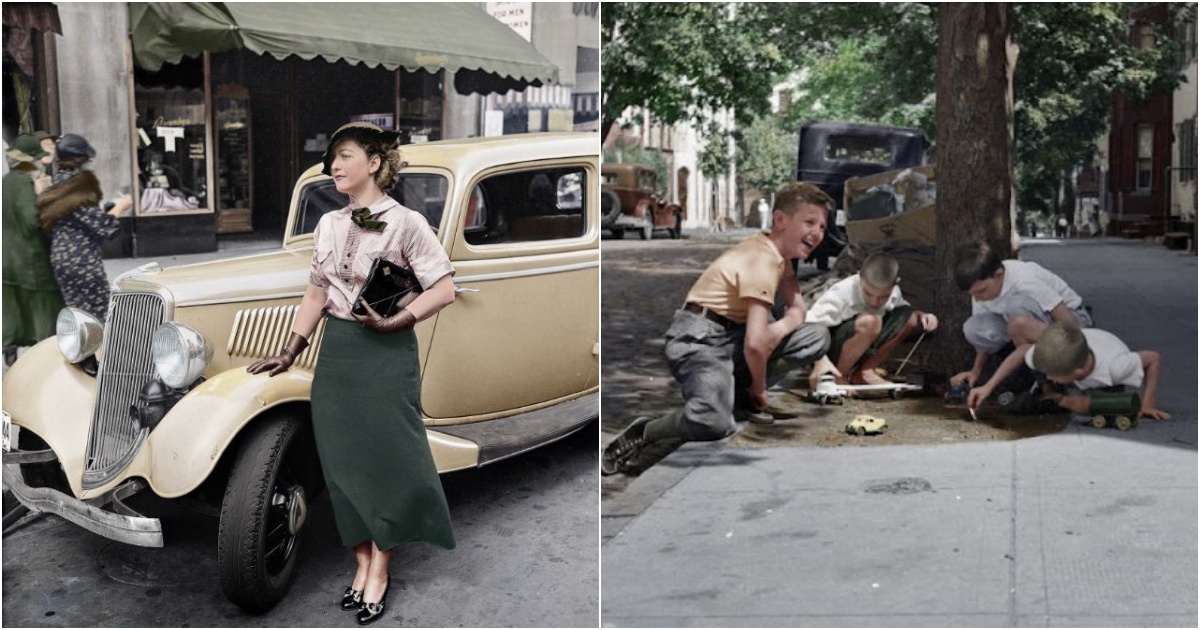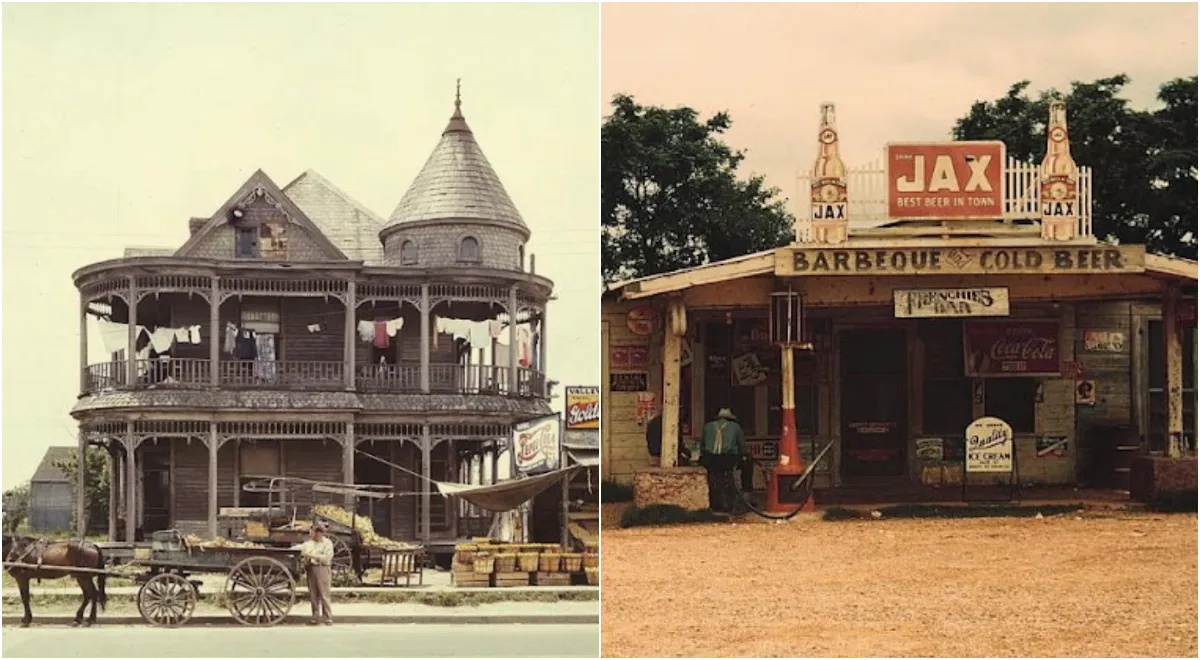
The dawn of the automobile age was cause for anxiety – and innovation – in the 1920s. The huge number of car commuters eventually meant the construction of countless parking garages and lots. But in the meantime, the car elevator was seen as a modern, space-saving solution.
“At the present time, a considerable number of potential car owners are deterred from purchase by the apparently unanswerable problem of parking their machines when at work or shopping, etc.” – Everyday Science and Mechanics, January 1932.
The concept for the automated parking system was and is driven by two factors: a need for parking spaces and a scarcity of available land. The earliest use of an automated (car) parking system (APS) was in Paris, France in 1905 at the Garage Rue de Ponthieu. The APS consisted of a groundbreaking multi-story concrete structure with an internal elevator to transport cars to upper levels where attendants parked the cars.
In the 1920s, a Ferris wheel-like APS (for cars rather than people) called a paternoster system became popular as it could park eight cars in the ground space normally used for parking two cars. Mechanically simple with a small footprint, the paternoster was easy to use in many places, including inside buildings. At the same time, Kent Automatic Garages was installing APS with capacities exceeding 1,000 cars.
Below are some vintage photographs of vertical parking lots from between the 1920s and 1950s.
















